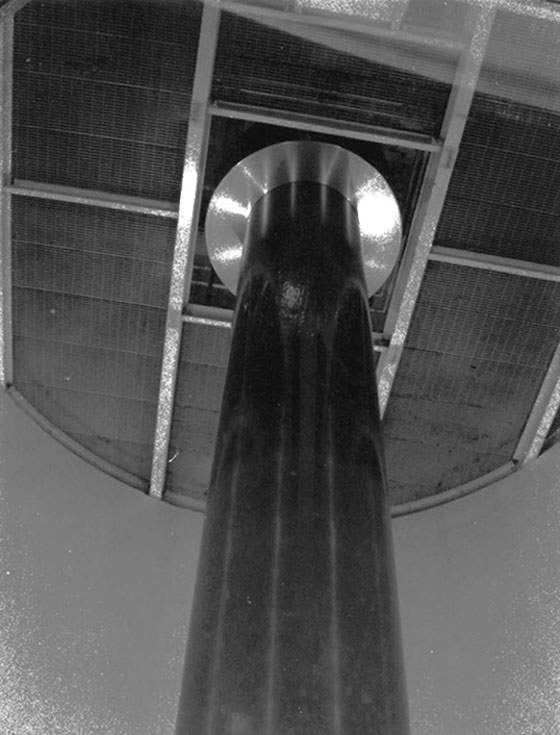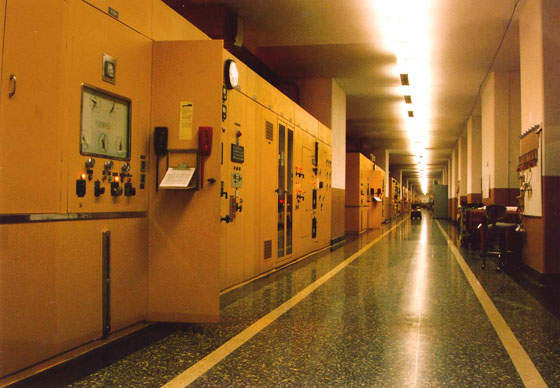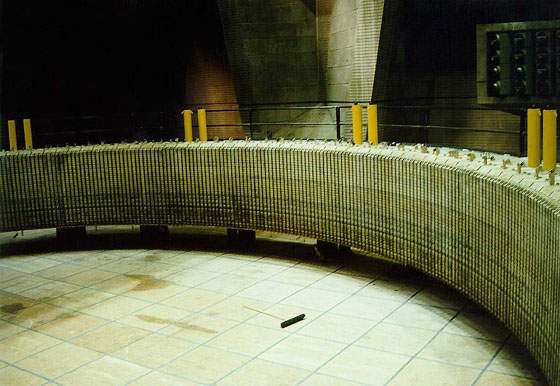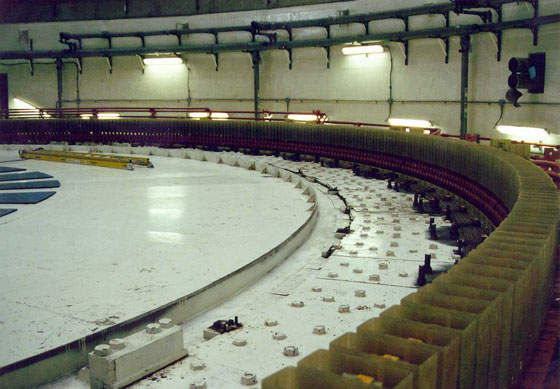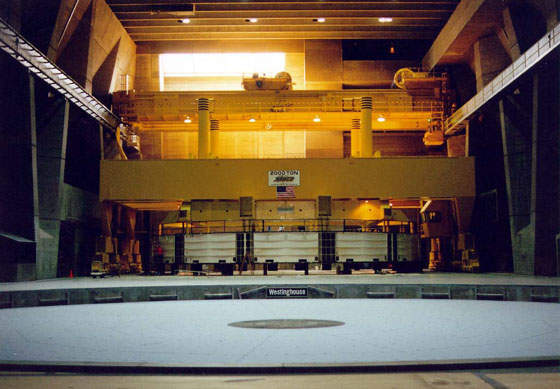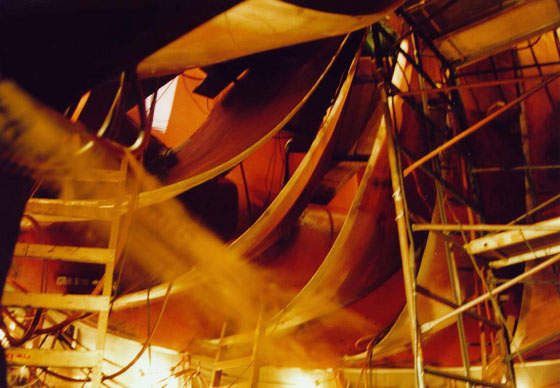The huge Grand Coulee dam hydroelectric power facility is now producing 6,480MW in the state of Washington in the north west of the USA. When built, it was the largest hydroelectric power producer in the US, and the third largest of its type in the world. It was also the largest concrete structure in the USA. It is located about 28 miles north east of Coulee City in Grant and Okanogan Counties on the Columbia River.
The plant is owned and operated by the US Bureau of Reclamation and is used as a peaking facility. Fluctuations downstream have required major stabilisation measures, including elaborate monitoring and pump systems to maintain the stability of the river banks. The plant, as originally constructed, could produce 6,480MW. A repowering project added the third powerhouse, which has six turbines producing 3,900MW of electricity.
The plant set a new hourly generation record of 6,007MWh on 20 June 2002 (259kcfs generation, 30kcfs spill during the same hour). The daily total generation is running at around 110,000MWh.
Plant details
Of the six turbines in the third powerhouse, three were made by Westinghouse and three by General Electric (GE).
The GE units were originally rated at 700MW each, giving them a total capacity of 2,100MW. The Westinghouse units were rated at 600MW each.
The GE units were upgraded by Siemens, which took over the non-nuclear power generation arm of Westinghouse. The three water cooled units, G22, G23 and G24, were built and installed during the late 1970s. The cooling system caused persistent problems created by water leaks and air gap irregularities. The original rotors were put in a floating rim design. This was intended to allow the rotor to move on its spider and find its own centre of rotation. The rim’s mechanical instability and the rotor pole assemblies created a distorted rotor, causing structural failure of stator frame to core connections.
The rim problems were solved by General Electric by rounding them out and refitting them to the spiders. The continuing problems with the water caused the Bureau to decide to replace the windings altogether.
Development
Siemens won this contract in 1992. It had to replace the stators without removing the rotors within 70 days. The stator was lifted clear of the rotor using a specially constructed crane and placed on a rotating platform where Siemens engineers worked on it around the clock.
Siemens used a double-dovetail core-to-frame attachment method which allows for uniform expansion of the stator. Thus, the machine can operate at higher temperatures. Core buckling was avoided by a redesign of the sole plate keys.
The original 18 Francis type turbine generators in the left and right powerhouse are currently being replaced with 18 Francis runners with a diameter of 4.3m and a capacity of 140MW per unit. The contract to replace the 18 turbines was awarded in July 1999 to a consortium of GE Hydro and VA Tech Vorst MCE. The value of the contract was $50m. All the turbines have been replaced except for G-8, which is expected to be completed by FY 2010.
The generators in the right powerhouse were replaced to increase the rating to 805MW at 825,640kva and power factor of 0.975 while the left powerhouse increased the ratings to 129,000kva.
Technology
During the commissioning, Siemens used air gap monitoring which had been developed only recently before. The equipment was made up of 12 capacitive sensors located at 30° intervals, 300mm from the top of the core. Without this data extensive investigation of rotor and stator roundness would have been necessary, taking several days. The air gap monitoring revealed substantial improvement in rotor tightness.
The upgraded stators give an additional 105MWe per unit. After the repowering, the turbines each produce 805MW, a substantial addition. The total plant is now capable of generating 6,795MW. This 315MW addition makes cost savings, which are estimated at a net $50m after project costs of $27.5m are taken into account.

